The History of Copperfield Road Ragged School
Copperfield Road Ragged school brought universal free education to Mile End in the Victorian era, providing a glimmer of hope for East London’s most destitute children.
Most of us will recognise the rather majestic warehouse-style building banking the Regent’s Canal behind Mile End Leisure Centre’s sporting facilities. But have you ever wondered about the origins of this former school?
Copperfield Road Ragged School was opened in 1877, but its story begins a decade earlier, against the backdrop of Victorian London’s industrial East End. As Queen Victoria’s ever-glorious Empire was expanding overseas, unfurling through the industrial streets of East London was a more sinister tale of overcrowding, poverty and social unrest.
At this time there was no compulsory schooling so only a fraction of the population received any formal education, leaving them vulnerable to exploitative working conditions. Poorer children were often put to work at piecemeal jobs like street sweeping as soon as they could hold a broom. During the cholera outbreak of 1866, three thousand people died in the East End, compared to about one thousand across the rest of London.
This was the world encountered by Thomas Barnardo – best known for establishing orphanages and founder of Copperfield School – when he arrived in the East End in 1866.
Setting up Copperfield Road Ragged School
Training as a missionary in Bow, Barnardo’s work included setting up homes for orphaned children in Limehouse, and ministering to the sick and dying from cholera in Stepney.
After a decade of philanthropic work, he had become a well-known evangelical preacher, enabling him to build up the funds to acquire three warehouses on the Regent’s Canal which would become the Copperfield Road Ragged School, which opened in 1877 on the site where it stands today.
The term ‘ragged school’ was used by the London City Mission as early as 1840 to describe the establishment of schools, ‘formed exclusively for children raggedly clothed’. These independently founded schools formed the Ragged School Movement, dedicated to providing education, food, clothing and lodging Britain’s most destitute children who were often excluded from Sunday school.
Barnardo paid £200 per year for a twenty-one-year lease on the warehouses in Mile End, and converted them into two separate schools for boys and girls, which were opened in 1877. The school took its name from Copperfield Road on which it stands, which had been laid out and named in 1868, after Charles Dickens’ autobiographical character, David Copperfield.
Most of Copperfield Road’s students came from Limehouse Fields, just across the Regent’s Canal. Writing in his annual report in 1897, Barnardo described the area as ‘a very poor and thickly populated district. In these households earnings are precarious, and there are frequent changes of address, so that the regularity of the children’s attendances at school is greatly interfered with.’
As the 1890s came to a close, there were over a thousand children on the registers at Copperfield Road, but daily attendance was about 600. Children from the poorest families in the locality continued to attend Copperfield Road even after state education became free, possibly due to the free meals and other benefits offered by the school, and because of new developments in Whitechapel and Shoreditch forcing many families out of their homes in the 1890s.
The school received voluntary contributions from Dr. Barnardo’s donors, and was also funded by government grants according to average attendance and examination results. Copperfield Road’s evening classes were well attended by boys and girls who had left school to work in the factories.
The Ragged School heralded new attitudes towards the poor
While state-run Board Schools insisted on their children being properly washed and dressed, Dr. Barnardo was providing a school for a class of children considered by many to be the ‘undeserving’ poor who were largely excluded from receiving an education.
Support for the Ragged School Movement attracted the attention of many wealthy philanthropists, signalling an important shift in beliefs regarding the duty of society to care for its poorest members.
Due to its proximity to both The Thames and the River Lea, East London was an epicentre for industrial growth, fuelling an influx of factory workers who flooded already scarce inner-city housing stocks.
The swelling populations of the urban poor and the close neighbouring of poverty and wealth forced members of the middle class to confront the gross inequalities of Victorian society for the first time.
Coupled with changing attitudes towards children’s education, the expansion of ragged schools illustrated the demand for education amongst the poor which was eventually taken over by government funding in the latter half of the nineteenth century.
The success of Barnardo’s philanthropic mission at Copperfield Ragged School is perhaps most clearly measured by the number of hot meals the children could look forward to each week. During the winter of 1878-79, Barnardo’s half-starved students received one hot dinner a week, paying an extra halfpenny for a large piece of bread.
By 1885, dinners were served three times a week, together with breakfasts. And by 1888, free breakfasts and dinners were available every day during the winter months, when Dr. Barnardo wrote of his pupils:
“They know what it is to have no fire in the grate and no bread in the cupboard; and we find in many cases that food is more essential to the boys and girls than education”
In 1889 the free breakfasts consisted of bread and hot cocoa and the dinner of “lentil or pea soup and bread, varied occasionally by rice and prunes or haricot beans”.
Copperfield School continued to provide free education until 1908 when it was the penultimate London ragged school to close its doors.
And yet, running concurrently to the movement’s charitable philosophy were uncomfortable assumptions and stereotypes of the ‘unclean’ urban poor, who some members of the middle class viewed as posing a threat to ‘civilised’ society.
Indeed, in A Letter On Ragged Schooling, published in the Daily News in 1843, Charles Dickens describes London as a ‘vast hopeless nursery of ignorance, misery and vice; a breeding place for the hulks and jails’, he laments the ‘frightful neglect by the State of those … whom it might, as easily and less expensively, instruct and save’.
Copperfield Ragged School’s enduring legacy
Educating East London’s poorest children for over 30 years, the Victorian warehouses of Copperfield School still stand on their original site on Regent’s Canal on the outskirts of Mile End Park.
Since its closure in 1908 Copperfield Ragged School has served myriad purposes; from schoolhouse to gymnasium, to factory and museum. Its layered history reflects the varied heritage of the East End and the fluctuating activities of the local community.
Destined for demolition in 1980, the buildings were saved by local activists and a museum was opened in 1990, allowing visitors to experience the social history of Victorian education in the East End of London. Over a century since the school closed its doors, the struggle for universal free education, and basic social welfare for all remains highly relevant in our modern world.
The Ragged School Museum received funding from the National Lottery heritage fund and is currently undergoing refurbishment, but plans to reopen its doors to the public in late spring 2022.
If you like this article, then read our piece on the Stepney Union Workhouse.

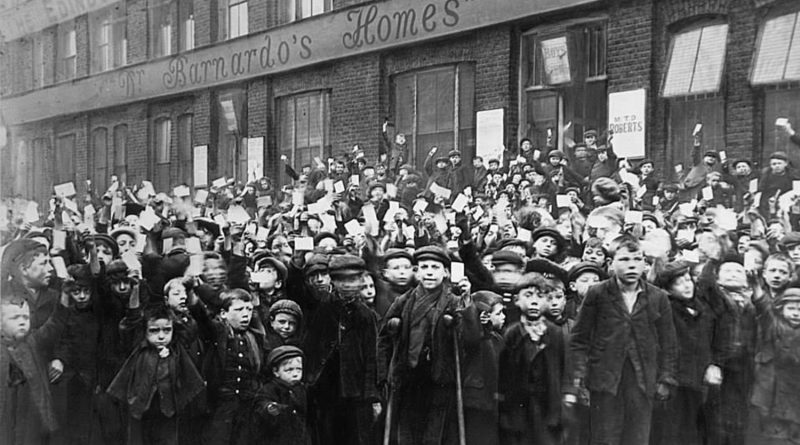
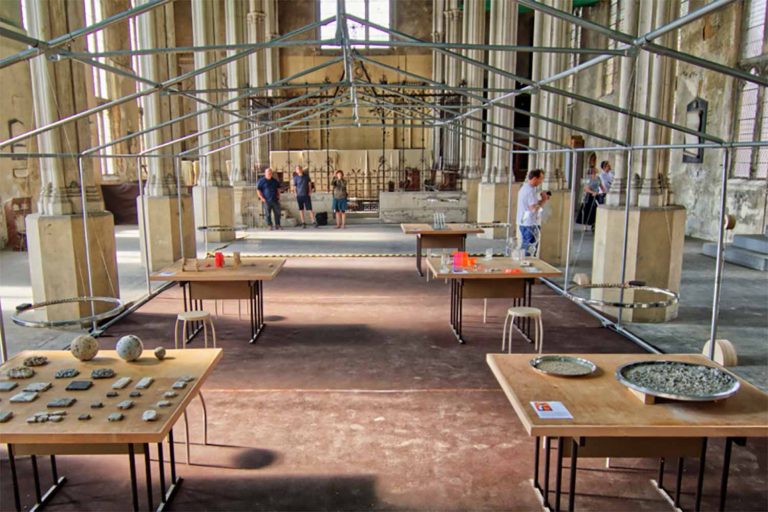
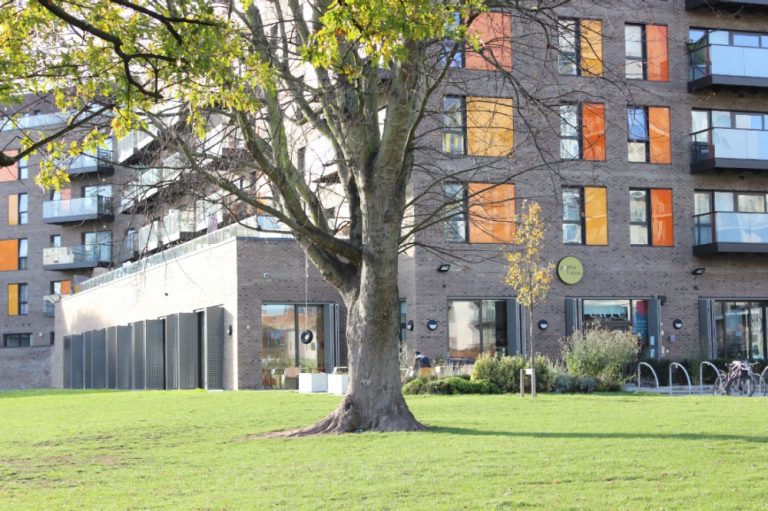

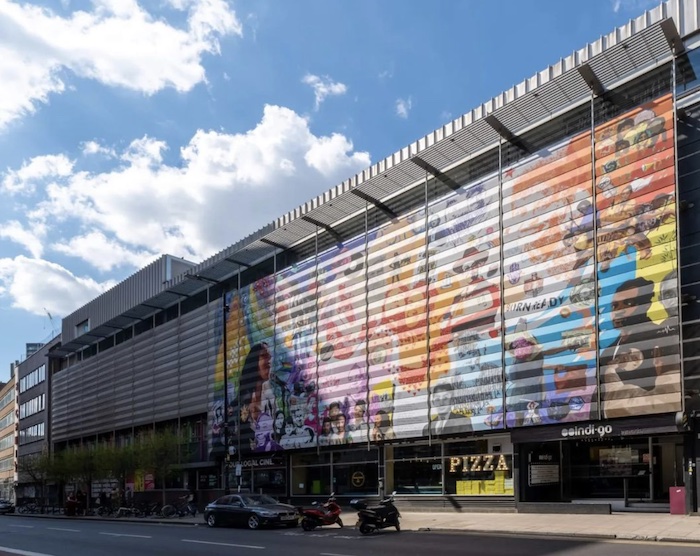
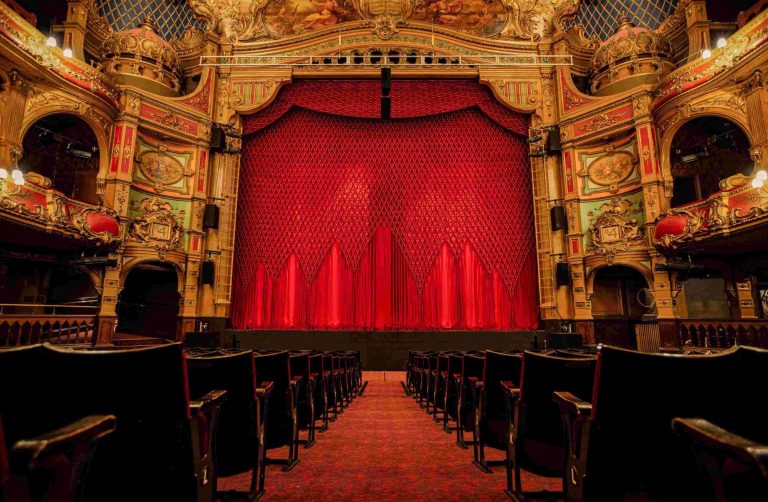
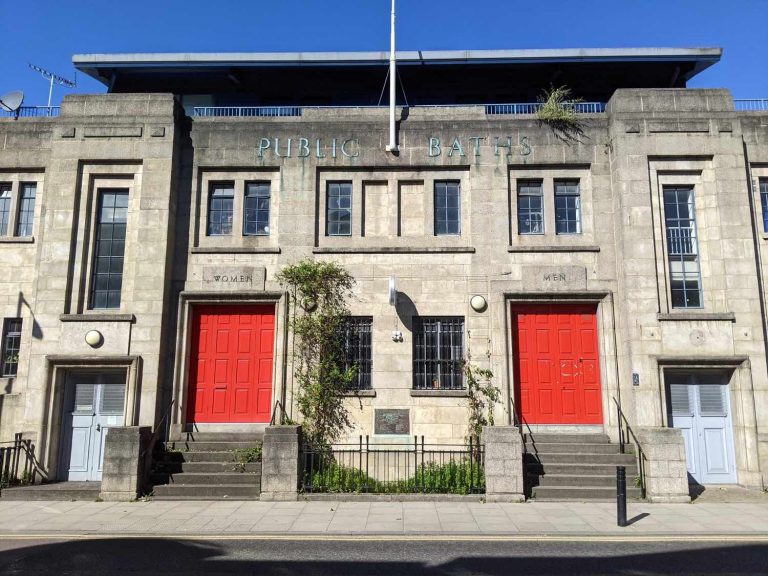

Hi. My mother, born 1n 1915, lived at 61 Libra road. Her name was Ellen Margaret Wilson. She married my Father in 1943 in Stoke-on-Trent, they set up home there and lived there all their married lives. Mum died in 1982. She always spoke fondly of her London Roots. When I was a small child in the 1950’s, she took me to London twice to see her family. I remember little about the visits, only that they lived in Dagenham. I know nothing of her life in Libra Road, and I would really appreciate it if anyone has information, in the way of documents or photographs of the area in the 1930’s and before WW2, and perhaps, with a great stroke of luck, someone who knew the Wilson family of 61 Libra Road.
Yours faithfully, Alan.